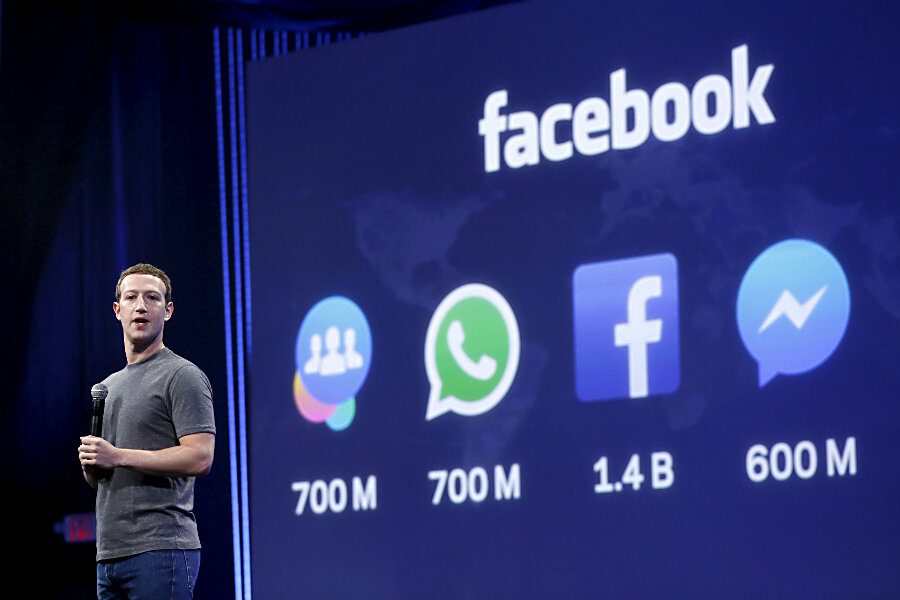How to choose what you see in your Facebook news feed
Loading...
You can now select what you see first in your News Feed when you log into Facebook.
The popular social media platform has introduced new features which give users more control over what they see in their news streams.
The "see first" option will help users prioritize stories, and make sure you don’t miss posts from particular friends and Facebook pages.
“The goal of News Feed is to show you the stories that matter most to you,” Facebook said in announcing the new features. “To do this, we use ranking to order stories based on how interesting we believe they are to you: specifically, whom you tend to interact with, and what kinds of content you tend to like and comment on.”
In addition to "see first," Facebook is also adding "unfollow" and "refollow" tools so users can de-emphasize content from friends and Pages that they’d rather not see. And there's an option to “see less” and hide someone’s posts for a brief period of time without unfriending them.
The new option is available in Facebook’s iOS app, and will be rolling out on Android and desktop over the coming weeks, according to Facebook.
"The thing we were constantly hearing was: 'there's a few people that I really care about and I want to make sure I don't miss stuff from those people,'" Greg Marra, Facebook's product manager for News Feed, told Mashable.
The company has for years allowed people to hide, filter, block and prioritize various friends and Pages. Last year, Facebook gave users the ability to edit news from a person or page. If you didn’t like a particular post, you could tap the arrow in the top right of the story to hide it.
Meanwhile, technology analysts see the new update as a holy grail for marketers looking to boost their page’s audience amongst declining reach. “Expect brands to campaign for you to add them to your see first section so you never miss their posts,” writes Josh Constine of Techrunch.com
Others see avoiding the algorithm and deciding what comes to your news feed is just an illusion of greater control. Facebook is the winner.
“In giving users more personalization tools for their News Feeds, Facebook is creating the impression that people will have more control over what they see. And they very well might. But those stated preferences provide Facebook with still more data with which to figure out who you are. The more precisely the company can do that, the more completely it can monetize you,” writes Belinda Lanks in Wired.com
Facebook has over 1.4 billion users worldwide and dominates as a social media platform for information, with more than half of millennials saying they get news from Facebook every day.







